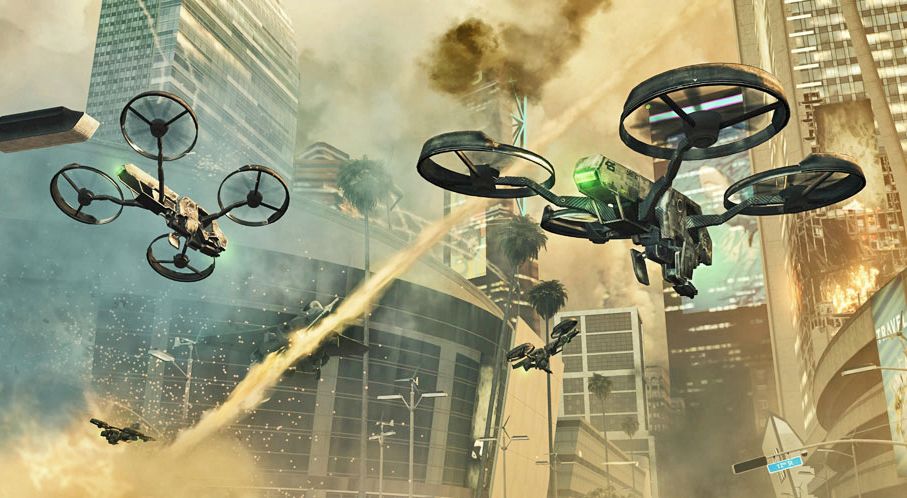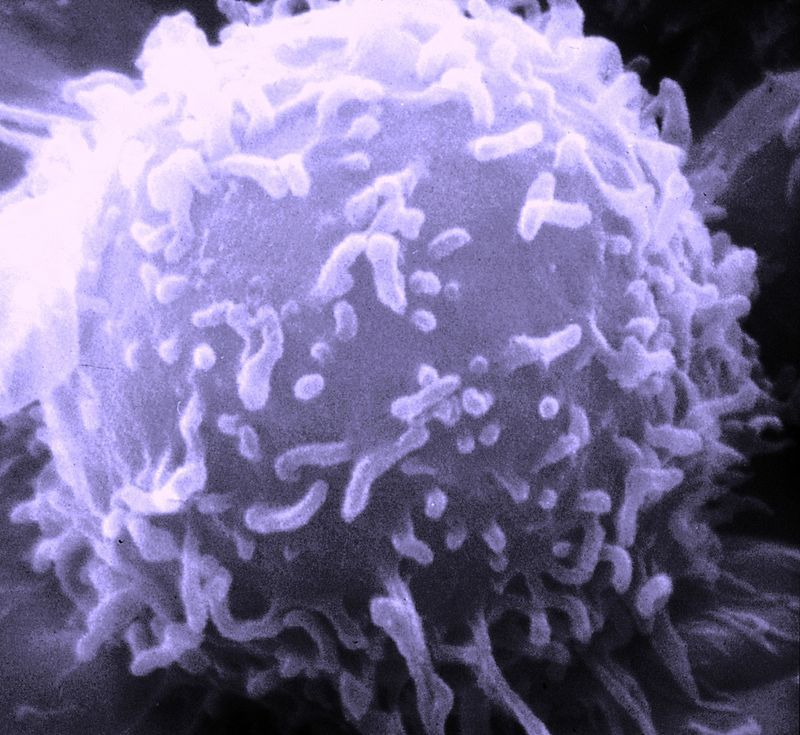Aug 11, 2015
Hit TV show Humans on intelligent android servants
Posted by Sean Brazell in categories: entertainment, robotics/AI
A reminder: HUMANS premieres in the U.S. Sunday June 28, 2015 at 9PM EDT on AMC.
This eight-part drama series takes place in a parallel present, featuring the Synth — a highly developed, artificially intelligent android servant.
Having seen the first two episodes, I’m totally hooked. I found the show surprisingly believable. It (almost) fills the void left after Almost Human and Fringe.
Continue reading “Hit TV show Humans on intelligent android servants” »






 The team checked the energy across a broad spectrum of lightwaves and other electromagnetic radiation and says it is fading through all wavelengths, from ultraviolet to far infrared.
The team checked the energy across a broad spectrum of lightwaves and other electromagnetic radiation and says it is fading through all wavelengths, from ultraviolet to far infrared.









